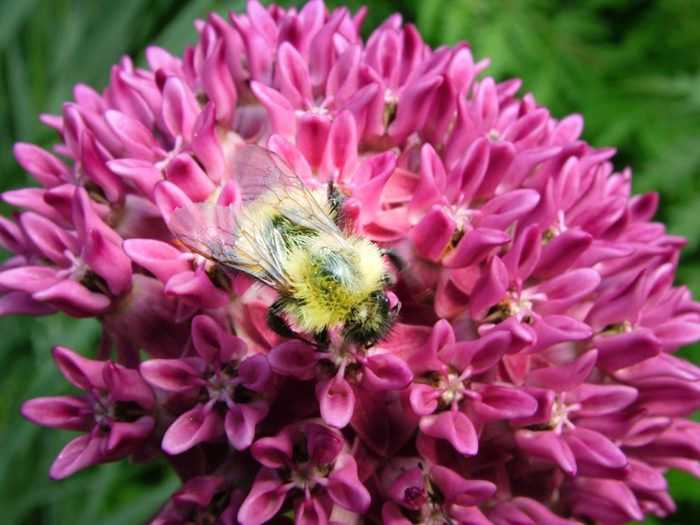
The dirty little secret of gardening is that many of the common practices and products we use to improve our backyard oases are actually bad for the environment. We use a lot of water to keep our plants happy. We use sprays and powders to ward off insect pests and detrimental diseases. And we buy a lot of single-use items such as plastic pots and mulch, or soil housed in bags that are not recyclable.
In the end, many of us are left wondering—do the ends justify the means? The answer might be a bit clearer if we as gardeners adjust our approaches to be more earth-friendly. The following collection details ways to lessen the environmental impact of gardening. Here are tips on how to design a garden to be more sustainable, and they come with a bonus: The resulting beds and borders require less manual labor from you! We also cover ways to conserve and monitor watering in your landscape, leading to less wasteful runoff and lower water bills.
When it comes to pests and diseases, a few of the following articles discuss how to use host plants to attract a plethora of beneficial insects to take care of problems naturally. Want more pollinators in your backyard? Including native plants in your beds and borders might be the key, and we offer region-specific suggestions from authors familiar with your neck of the woods. And let’s not forget about fertilizing. Many synthetic fertilizers are a quick fix to nutrient deficiencies in plants, but when used in excess, they can cause harm to the surrounding ecosystem. A wiser course of action is to improve the soil in which your plants live, and that in turn will improve the plants’ health (as well as the health of the soil itself). In this collection you’ll find innovative approaches to making your own nutrient-rich compost so you can feed the soil and your plants.
Implementing just a few (or all) of these practices into your gardening routine can make a big difference in reducing your environmental footprint—and it will lead to a healthier and more beautiful landscape.
-

-

-
 Article
ArticleBring in the Beneficials
-

-
 Kitchen Gardening
Kitchen GardeningAttract Good Bugs to Fight Tomato Pests
With regular observation, good gardeners catch potential problems before they become severe. By hand-picking, squashing, or pruning off insects pests, they're not likely to multiply beyond control. Helping beneficial insects flourish is extremely important as well.
-
 Design
DesignCreating a Low-Maintenance Garden
Sustainable approaches decrease chores and increase enjoyment
-
 How-To
How-ToBuild a Rain Barrel
-

-

-

-
 How-To
How-ToWater Wisely With Drip Irrigation
Give plants moisture when and where they need it
-
 Kitchen Gardening
Kitchen GardeningAttract Beneficial Insects to Your Garden
Get acquainted with the good bugs and lure them to your garden by planting flowers they like. It's a green way to keep your vegetables healthy.
-
 How-To
How-ToEarth-Friendly Containers
-
 Southwest Regional Reports
Southwest Regional ReportsHow to Save Water in the Garden for Droughts to Come
-
 Design
DesignInspired Design: Living Lightly on the Land
Environmentally responsible design principles for home and garden











